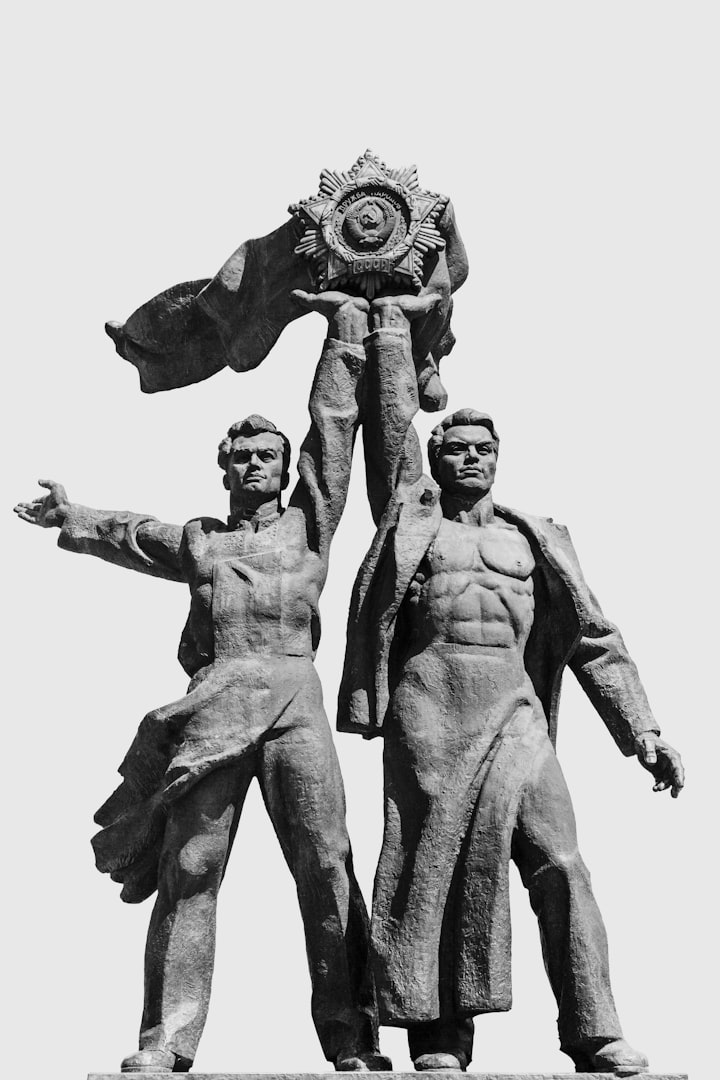DINOSAURS
The history and extinction of dinosaurs

Dinosaurs were a diverse group of reptiles that first appeared during the Mesozoic Era, which is often referred to as the "Age of Reptiles." They lived on Earth for about 165 million years, from approximately 230 million years ago to 65 million years ago. During this time, dinosaurs evolved into a wide variety of species, ranging from small, bird-like dinosaurs to enormous, long-necked sauropods and fearsome carnivorous predators.
The history of dinosaurs is divided into three main periods: the Triassic, Jurassic, and Cretaceous periods. During the Triassic period, dinosaurs began to emerge and diversify, although they were not the dominant land animals at the time. They shared the Earth with other reptiles and early mammals. The Jurassic period is often considered the "Golden Age" of dinosaurs when iconic species like the Stegosaurus, Apatosaurus, and Allosaurus roamed the land. Finally, in the Cretaceous period, dinosaurs continued to evolve and thrive, with new species such as the Tyrannosaurus rex and Triceratops appearing.
During the Triassic period, which began around 252 million years ago, dinosaurs emerged and diversified alongside other reptile groups. At this time, dinosaurs were relatively small and were not the dominant creatures on Earth. However, a mass extinction event occurred at the end of the Triassic, about 201 million years ago, which wiped out many reptile species and allowed dinosaurs to become more widespread and diverse.
The Jurassic period, spanning from about 201 to 145 million years ago, is often referred to as the "Age of Dinosaurs." It was during this time that dinosaurs reached their peak in terms of diversity and size. Iconic dinosaurs like the long-necked Brachiosaurus, the meat-eating Allosaurus, and the armored Stegosaurus roamed the Earth. The Jurassic period also saw the rise of the first birds, which evolved from small theropod dinosaurs.
The Cretaceous period, from approximately 145 to 66 million years ago, was the last period of the Mesozoic Era and the final chapter in the history of dinosaurs. This period witnessed the appearance of some of the most famous dinosaurs, including the Tyrannosaurus rex and the Triceratops. However, the Cretaceous period also ended with a catastrophic event known as the Cretaceous-Paleogene (K-Pg) extinction event.

The extinction of dinosaurs occurred at the end of the Cretaceous period, around 65 million years ago. This event is known as the Cretaceous-Paleogene (K-Pg) extinction event. It was a global event that caused the extinction of not only dinosaurs but also many other plant and animal species.
The exact cause of the dinosaur extinction is still a topic of scientific debate, but the most widely accepted theory is that a catastrophic event occurred, possibly the result of a massive asteroid impact. This theory is supported by the discovery of a large impact crater called the Chicxulub crater off the coast of Mexico's Yucatán Peninsula. The impact would have released an enormous amount of energy, causing widespread devastation, including wildfires, tsunamis, and a global "nuclear winter" effect due to the release of dust and debris into the atmosphere. These environmental changes would have disrupted ecosystems and led to the extinction of many species, including the dinosaurs.
However, it's important to note that while the asteroid impact is considered the primary cause of the dinosaur extinction, it likely acted in conjunction with other factors that were already affecting the Earth's climate and ecosystems at the time. These factors include volcanic activity, climate change, and the gradual breakup of the supercontinent Pangaea.
While the non-avian dinosaurs went extinct, some dinosaur lineage survived and evolved into modern birds. Birds are considered living dinosaurs, as they share many characteristics with their extinct relatives. They are the only surviving group of dinosaurs and have diversified into the countless species we see today.
Following the extinction of the non-avian dinosaurs, some small dinosaur groups survived and evolved into birds. Birds are considered the only living descendants of dinosaurs, representing a lineage that has survived to the present day.
About the Creator
CHIMA DANIEL
CHIMA is a seasoned writer with a passion for history, armed with extensive research skills and a deep understanding of historical events, transporting readers to different eras and breathing life into long-forgotten tales.






Comments
There are no comments for this story
Be the first to respond and start the conversation.